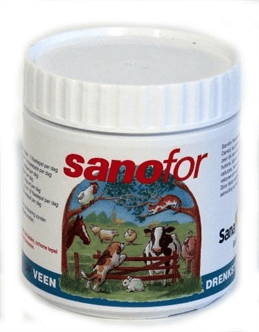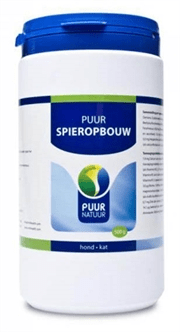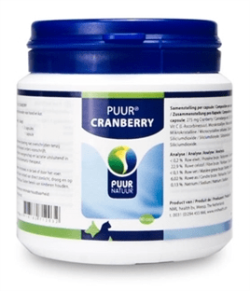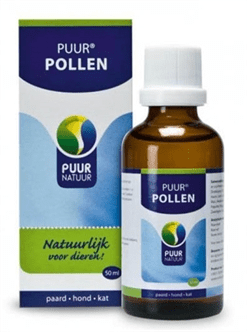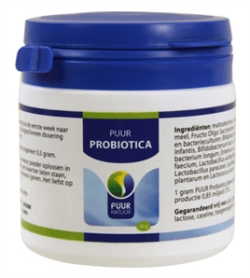Sanofor Peat Drench 500 ml
Sanofor Peat Drench 500 ml
Peat drenchstof is a soil product, consisting of digestive residues of hundreds of different flowers, medicinal herbs, grasses and fruits.
Over the course of many years, these plants fell into stagnant water and sank to the bottom, after which a lengthy chemical-biological process converted the plant remains into black, lobed peat.
Decisive for the composition and properties of this peat are the plants from which it originated. In addition, the place where the peat drench is obtained plays a role with regard to its suitability for medicinal purposes and for supplementary feeding of animals.
In Austria there is a peat type that is referred to as “Subfossil. The characteristic of this type of peat is that it suddenly became buried under deposits of loam, sand and rock.
This subfossil peat now lies meters below the surface of the earth. As can be deduced from the plant species occurring in it, this peat was created approximately 7000 years ago.
Thanks to the constant isolation from the outside world, this peat has been converted and matured. In addition, it is very pure and practically germ-free.
No chemicals are added to the peat, Sanafor is absolutely a pure natural product. Moreover, the peat is extracted without affecting the landscape
Why peat drench in animal feed?
Sanafor Veendrenkstof is rich in easily absorbable mineral components such as iron. This is abundantly present and in the best absorbable form. In addition, Sanafor Veendrenkstof also contains manganese, copper, zinc and other trace elements in very small amounts.
In addition, Sanofor contains substances, which, even in highly diluted form, naturally inhibit the growth of germs. The intestinal flora is optimized by Sanofor.
Of the organic substances in Sanofor, the humic acids are very important. These have an absorbing effect and bind toxins, which are then excreted with the stool.
In particular, the liver is relieved by this. In addition, the functioning of the liver is stimulated. The mucous membranes come in optimal condition with Sanofor, which prevents stomach and intestinal problems and achieves better fertilization results.
Sanofor has a beneficial effect on skin metabolism.
Sanafor can be given all year round, also to pregnant and young animals. Overdose is not possible. Given the wide variety of active ingredients, Sanofor Veendrenkstof is an extremely valuable addition to dog food
And because no animal proteins, vitamins or synthetic substances have been added to Sanofor peat drenchstof, it can be added to any type of feed without any risk.
15 good reasons to feed Sanofor Veendrenkstof.
- With dry skin, with flakes and with a dry, dull coat
- For diarrhea and constipation * For belching, belching and regular rumbling of the stomach * For excessive hair loss and continuous shedding
- When not getting into fur and with hair that keeps breaking off
- To strengthen the hair root and if the coat is too thin.
- For bites and scratch marks, bald spots in the coat and eczema
- With a flea allergy, hotspot
- Eat with street dirt and faeces
- To improve lustFor reconstruction of the intestinal flora after worm cures and antibiotics
- With regularly recurring flatulence
- With a bad smell from the mouth (not caused by dental problems) and with bad smell from the skin (excessive dog smell)
- For improving the pigmentation of the coat and also highly recommended in difficult cases as an extra stimulus for pigment disorders in the nose, lips, eye rims, etc.
- With regular application throughout the year, Sanofor Veendrenkstof ensures a short effective shedding period and a beautiful full coat.
Other Nitrogen 0.98%, Difficult water soluble protein 4.32%, Sulfur not available as sulfate 0.41%, Carbon dioxide 2.52%, Bitumen (wax, resin, oil) 18.09%, Water soluble organics 8.19%,
Hemicelluloses 1,63%, Celluloses 2,85%, Humic Acids 13,08%, Humic Material 3,99%, Humin and Lignin 13,61%, Easily Water Soluble Protein 1,30%.
